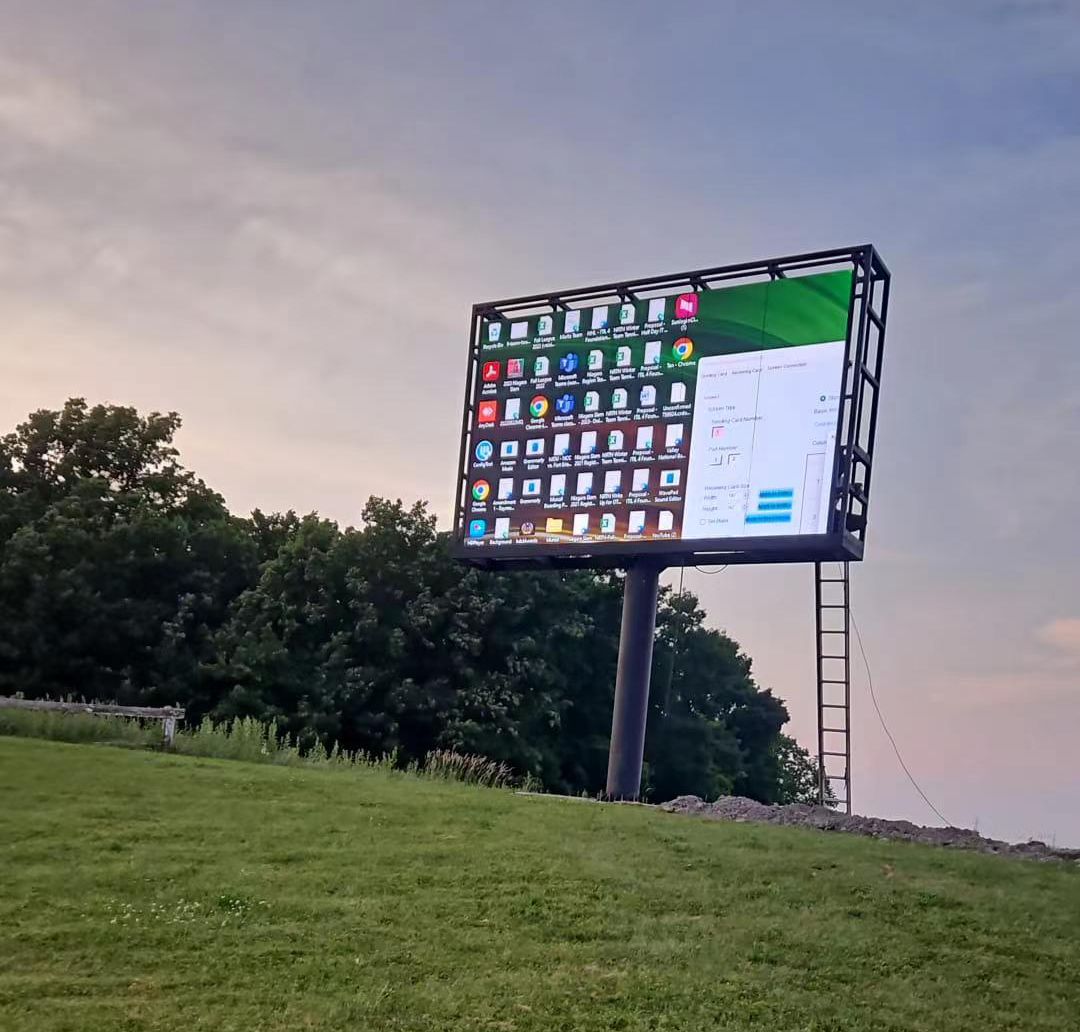When it comes to LED displays, one of the most crucial factors influencing their effectiveness is brightness. Whether you’re using an LED display for outdoor advertising, indoor events, or digital signage, the brightness level directly impacts visibility, image quality, and overall viewer experience. Understanding the intricacies of LED display brightness can help you make informed decisions to ensure your content shines—literally and figuratively.
What Is LED Display Brightness?
Brightness in LED displays refers to the amount of light emitted by the screen, typically measured in nits (cd/m²). A higher nit value means a brighter display, which is essential for ensuring visibility in different lighting conditions, especially in environments with high ambient light, such as outdoors during daylight.
Why Brightness Matters
Brightness is a key determinant of how well your LED display performs under various conditions. Here’s why it matters:
- Visibility: Brightness is critical for ensuring that your content is visible, particularly in outdoor settings where sunlight can wash out dim displays. For outdoor LED displays, brightness levels of 5,000 to 10,000 nits are often necessary to combat direct sunlight.
- Image Quality: Proper brightness levels contribute to sharp, vibrant images and videos. An LED display that is too dim can make colors look dull and details indistinguishable, while excessive brightness can cause eye strain and reduce image clarity.
- Energy Efficiency: Brightness settings also impact energy consumption. Overly bright displays can consume more power, leading to higher operating costs and potential wear on the LED modules.
- Adaptability: Displays with adjustable brightness are versatile, allowing them to perform well in various environments—indoors or outdoors, day or night.
Factors Affecting LED Display Brightness
Several factors determine the brightness of an LED display, including:
- LED Quality: The type and quality of LEDs used in the display directly affect brightness. High-quality LEDs produce brighter and more consistent light.
- Pixel Pitch: Pixel pitch, the distance between two pixels, influences brightness. A smaller pixel pitch means more LEDs per square meter, resulting in higher brightness levels.
- Drive Current: The amount of current supplied to the LEDs determines their brightness. Higher drive currents can produce brighter displays, but they may also reduce the lifespan of the LEDs if not managed properly.
- Ambient Light Sensors: Some LED displays come equipped with ambient light sensors that automatically adjust brightness based on the surrounding light conditions, optimizing visibility and energy usage.
Optimal Brightness for Different Applications
The optimal brightness level for an LED display varies depending on its intended use:
- Outdoor Advertising: For billboards and other outdoor displays, brightness levels of 6,000 to 10,000 nits are recommended to ensure visibility under direct sunlight.
- Indoor Events: Indoor LED displays used in concerts, conferences, or trade shows typically require brightness levels between 1,000 to 3,000 nits, depending on the venue’s lighting.
- Retail Displays: For digital signage inside stores or shopping malls, brightness levels around 500 to 1,500 nits are sufficient to grab attention without overwhelming customers.
- Control Rooms: LED displays in control rooms or broadcast studios may operate at lower brightness levels, around 300 to 700 nits, to avoid eye strain during prolonged use.
Adjusting Brightness for Optimal Performance
While having a bright LED display is important, it's equally essential to adjust brightness to match the environment:
- Automatic Adjustment: Use displays with ambient light sensors that automatically adjust brightness based on external lighting conditions.
- Manual Control: Ensure that your LED display system allows manual brightness adjustments for fine-tuning according to specific needs.
- Scheduled Brightness: Some displays offer scheduled brightness settings that adjust levels based on time of day or specific events.
Conclusion
LED display brightness is more than just a technical specification—it's a critical aspect of how your content is perceived and how effectively it communicates your message. By understanding the factors that influence brightness and selecting the appropriate levels for your application, you can ensure that your LED display remains eye-catching and impactful, no matter the environment.
Investing in an LED display with optimal brightness capabilities is key to delivering clear, vibrant content that stands out, whether you're aiming to capture attention on a bustling city street or within the quiet confines of a conference hall.
Post time: Aug-24-2024




